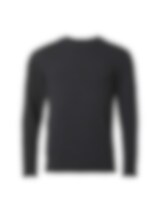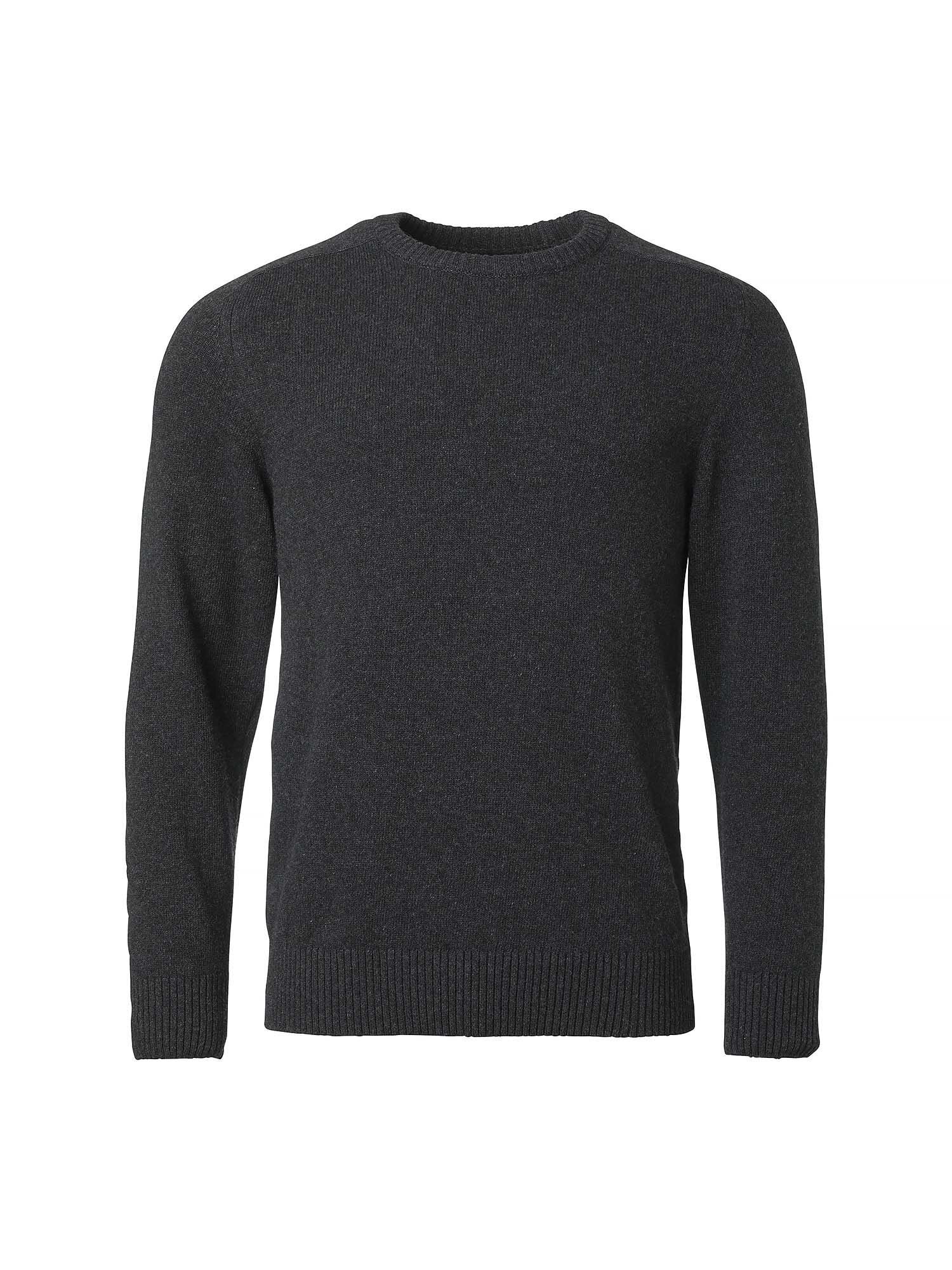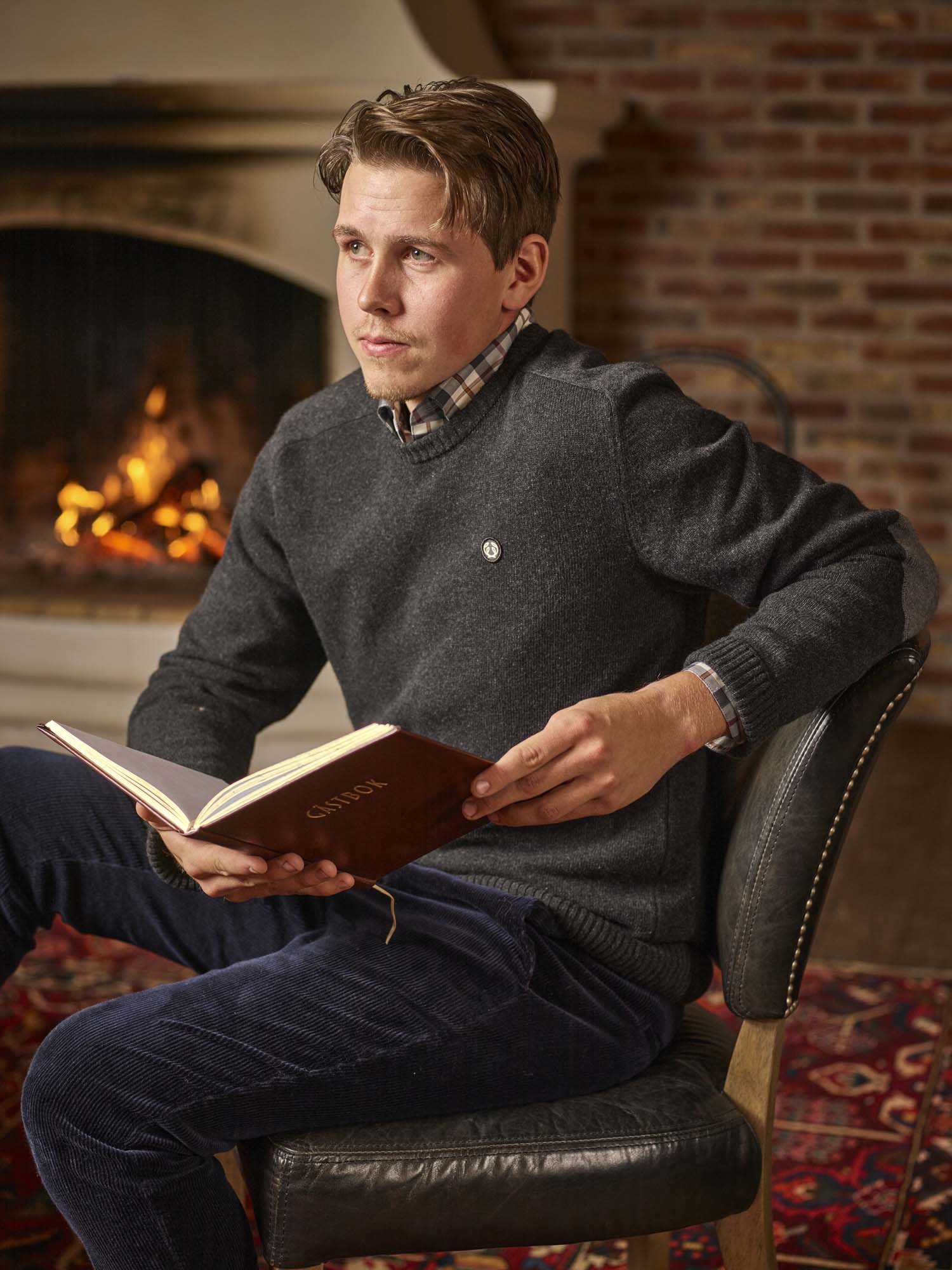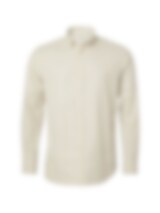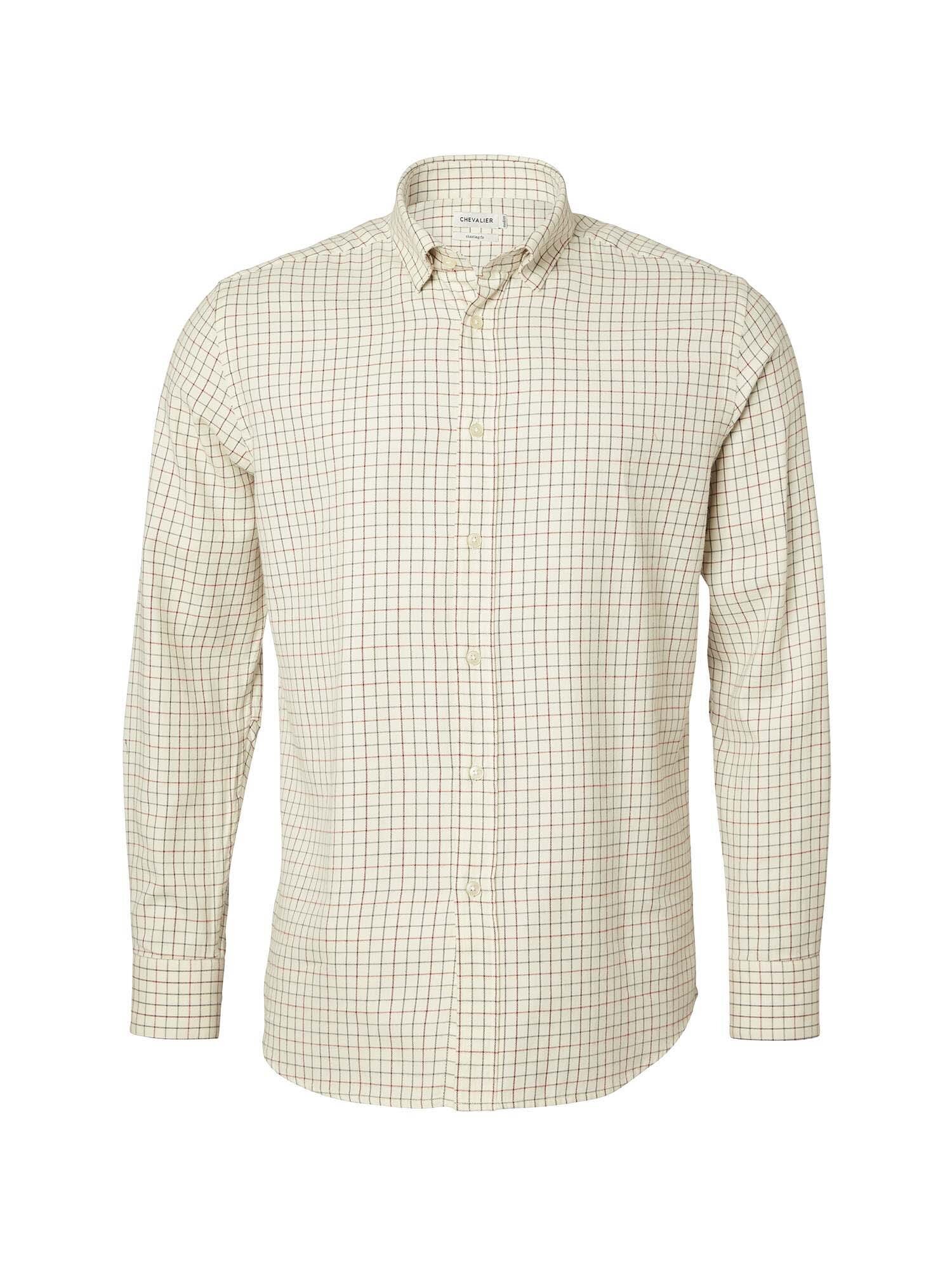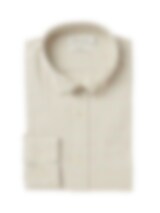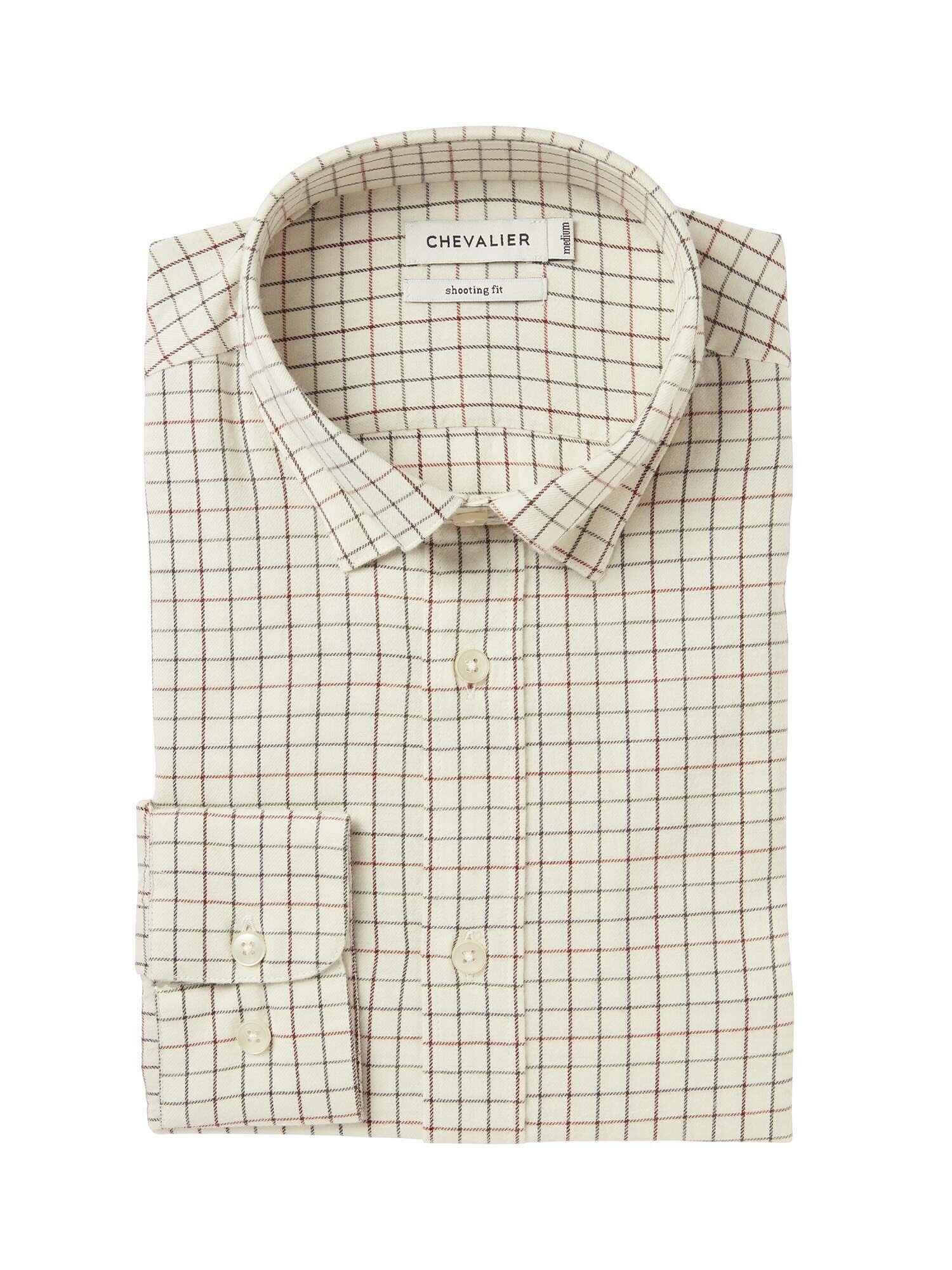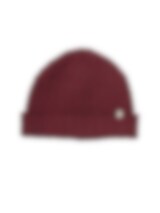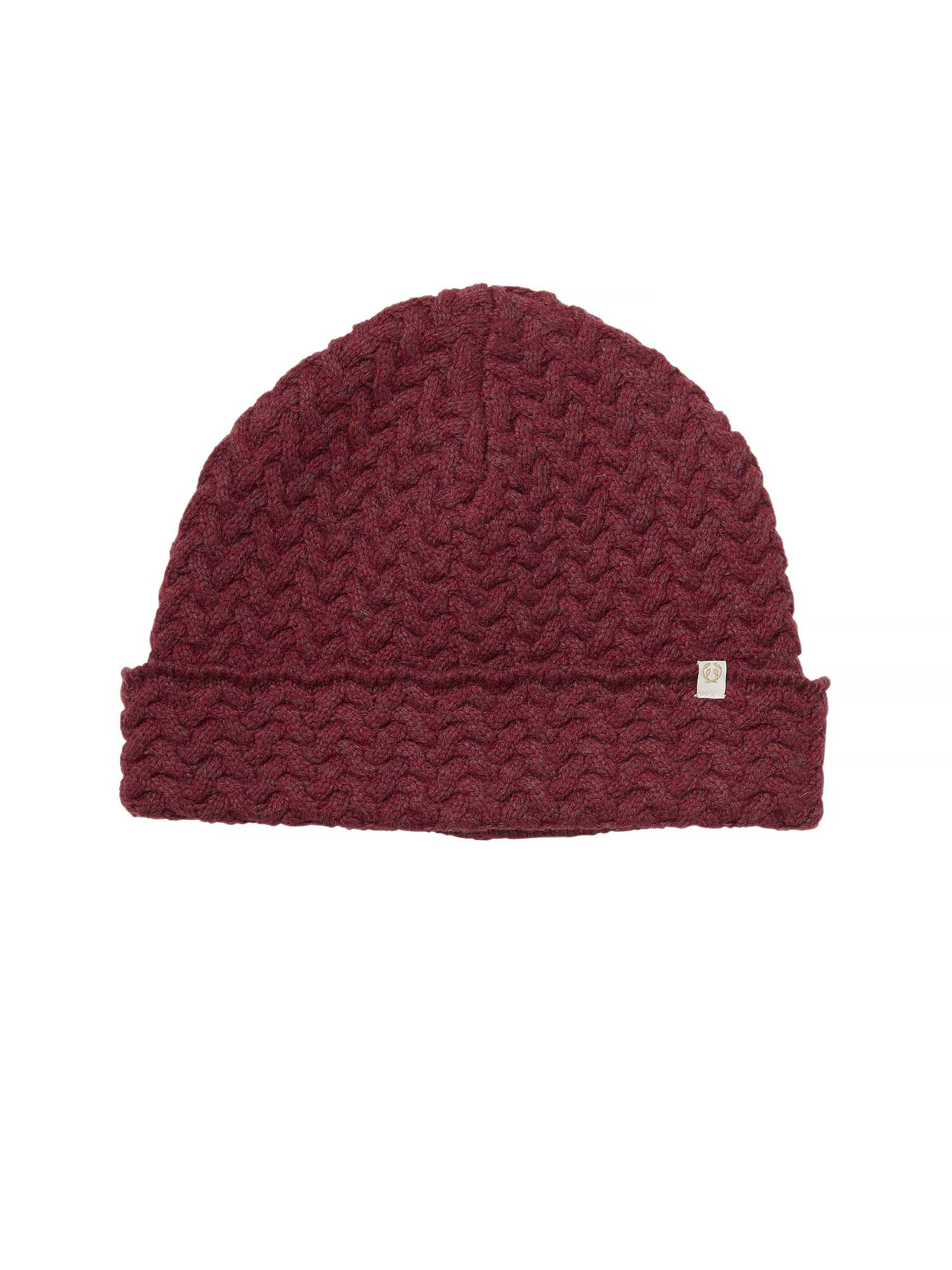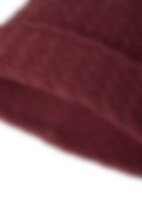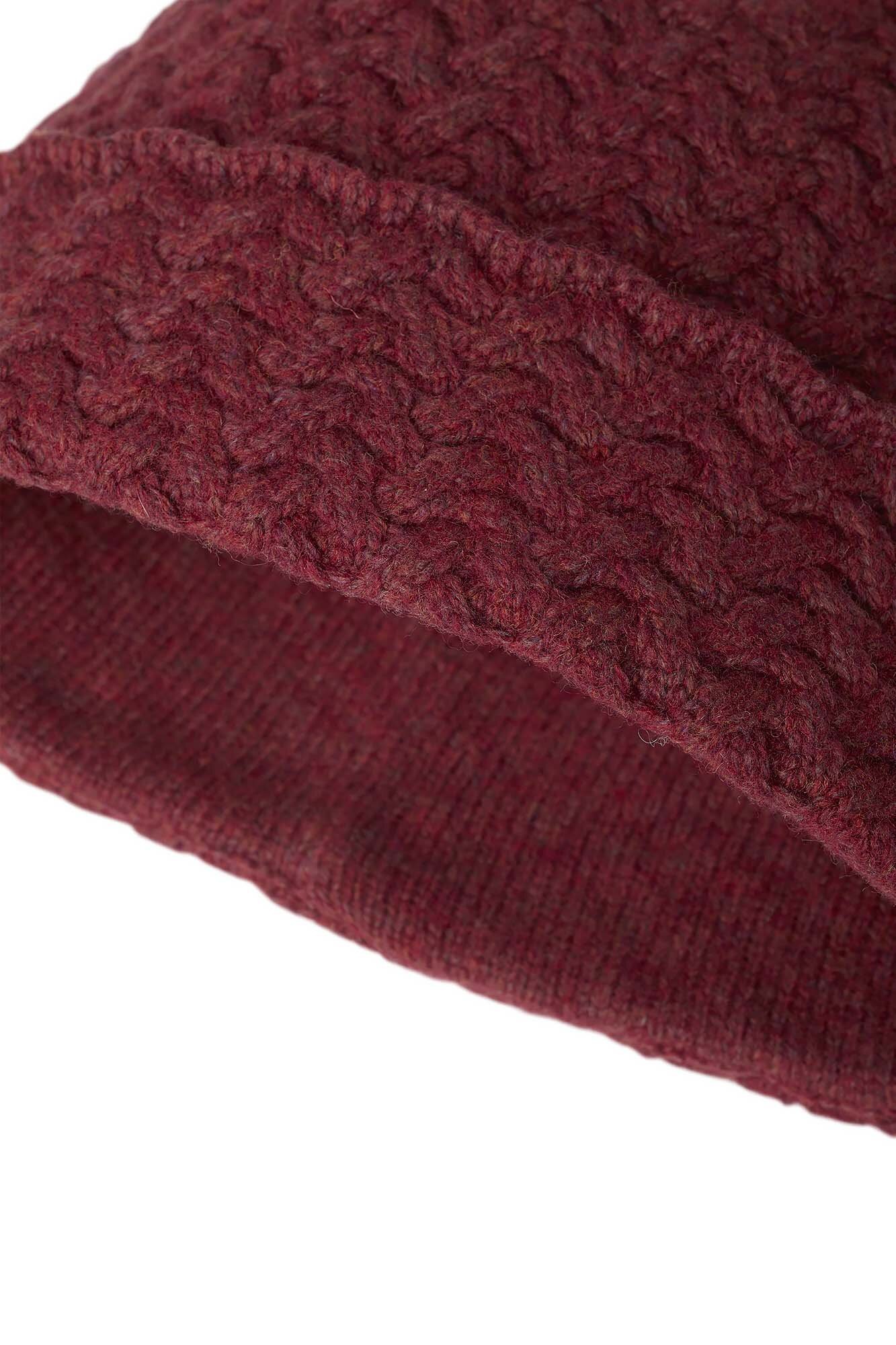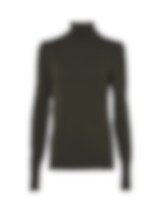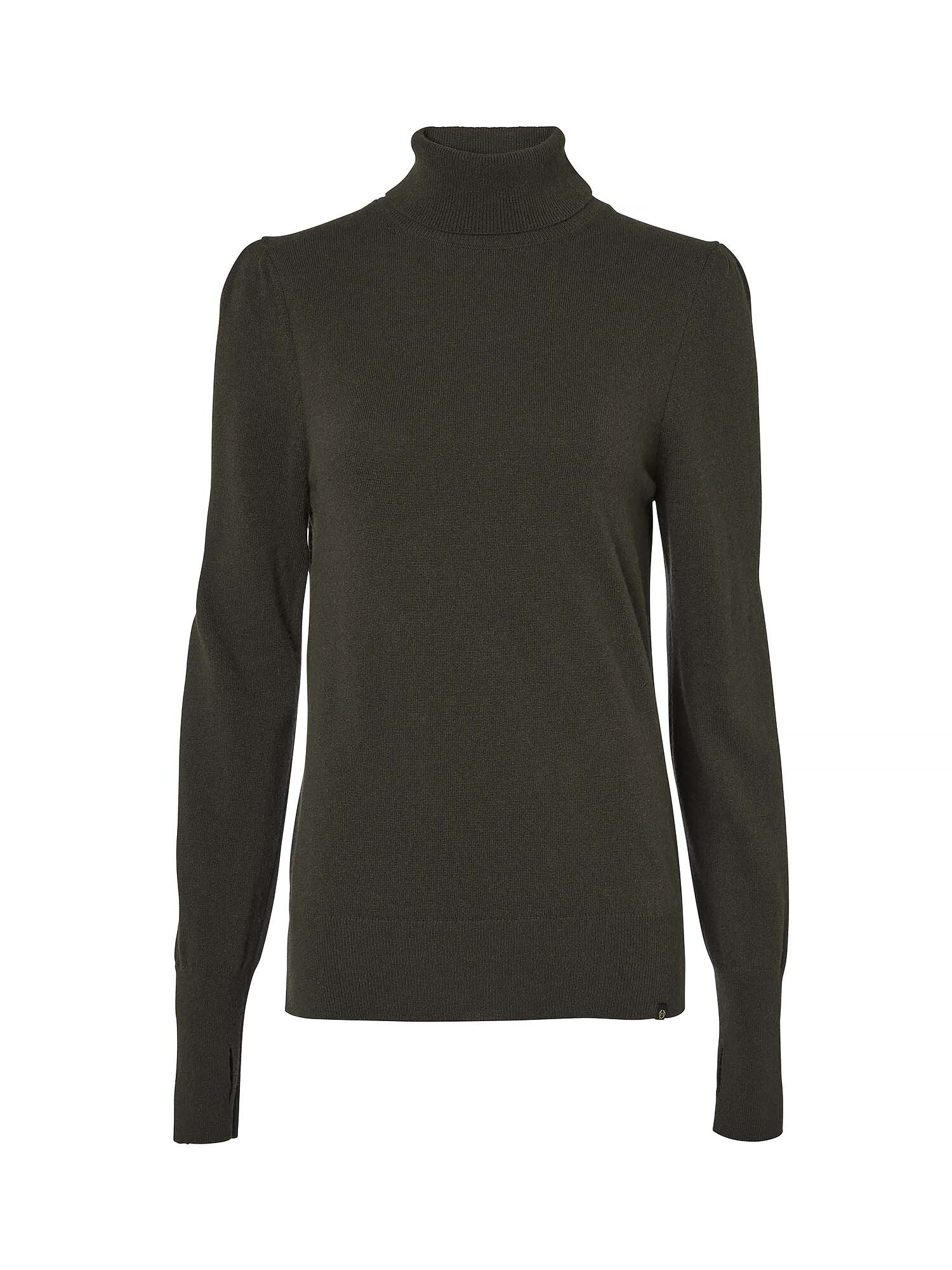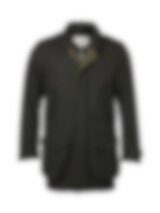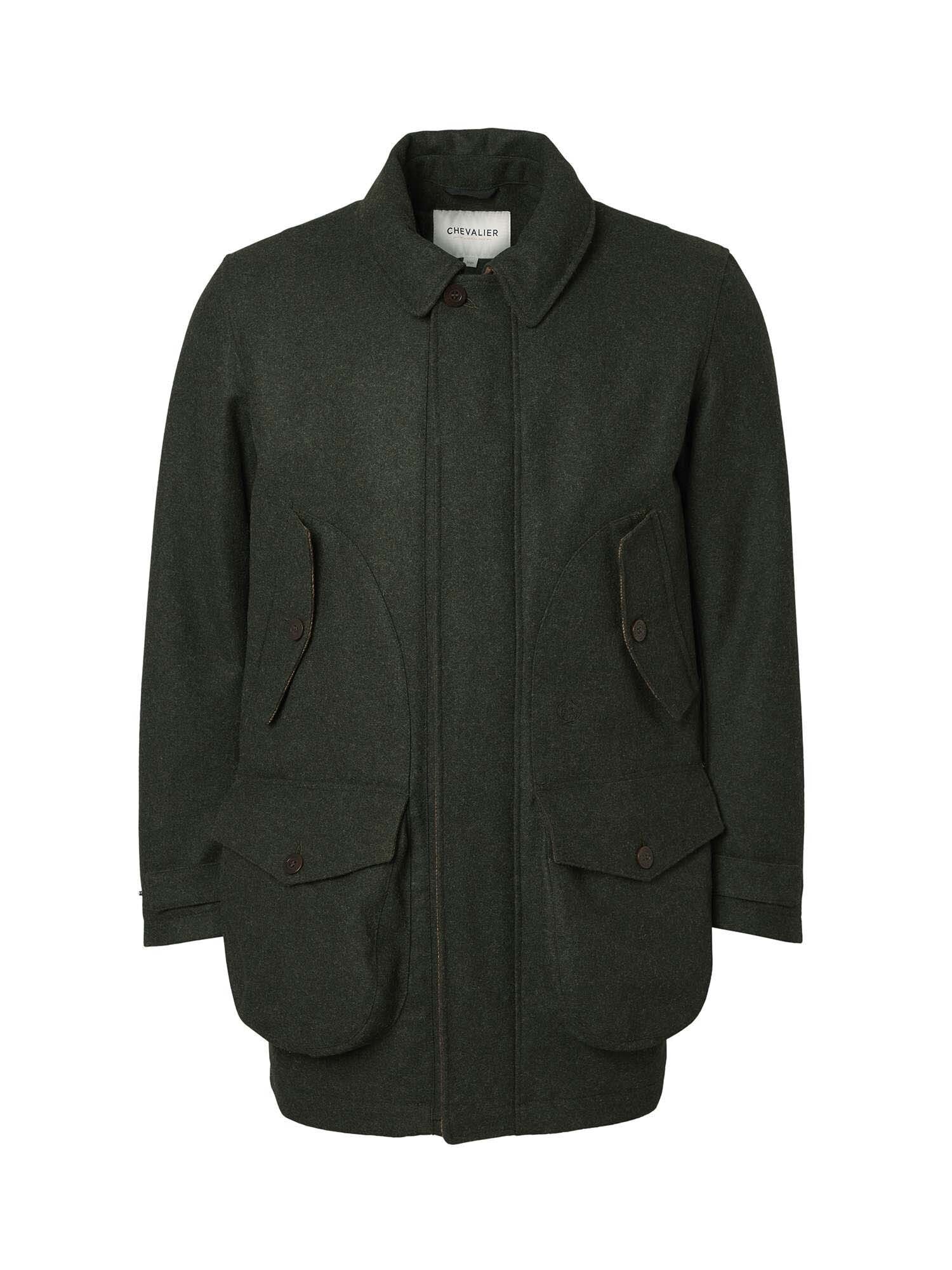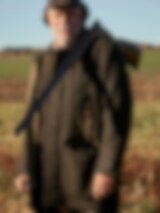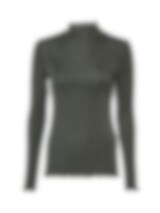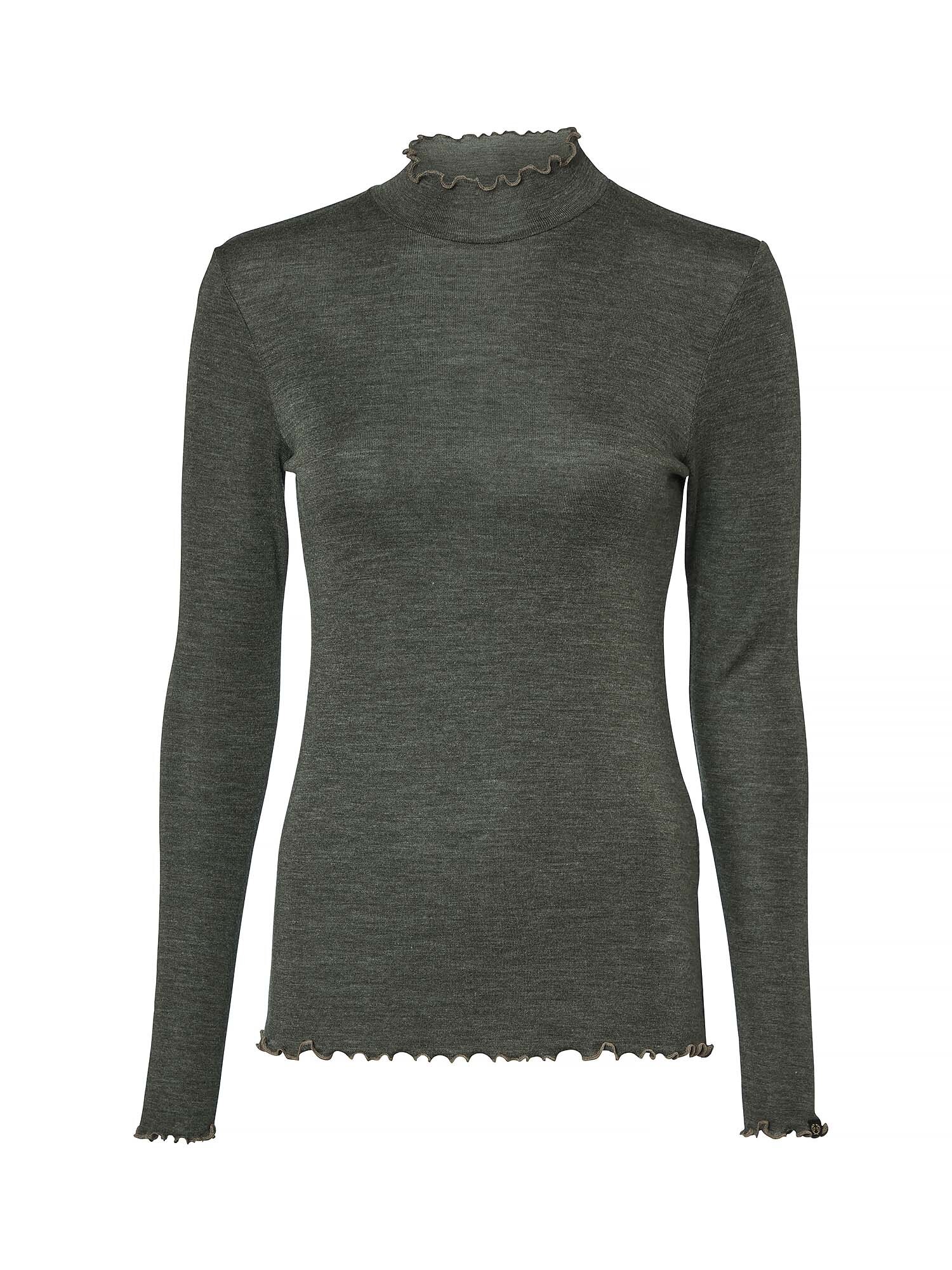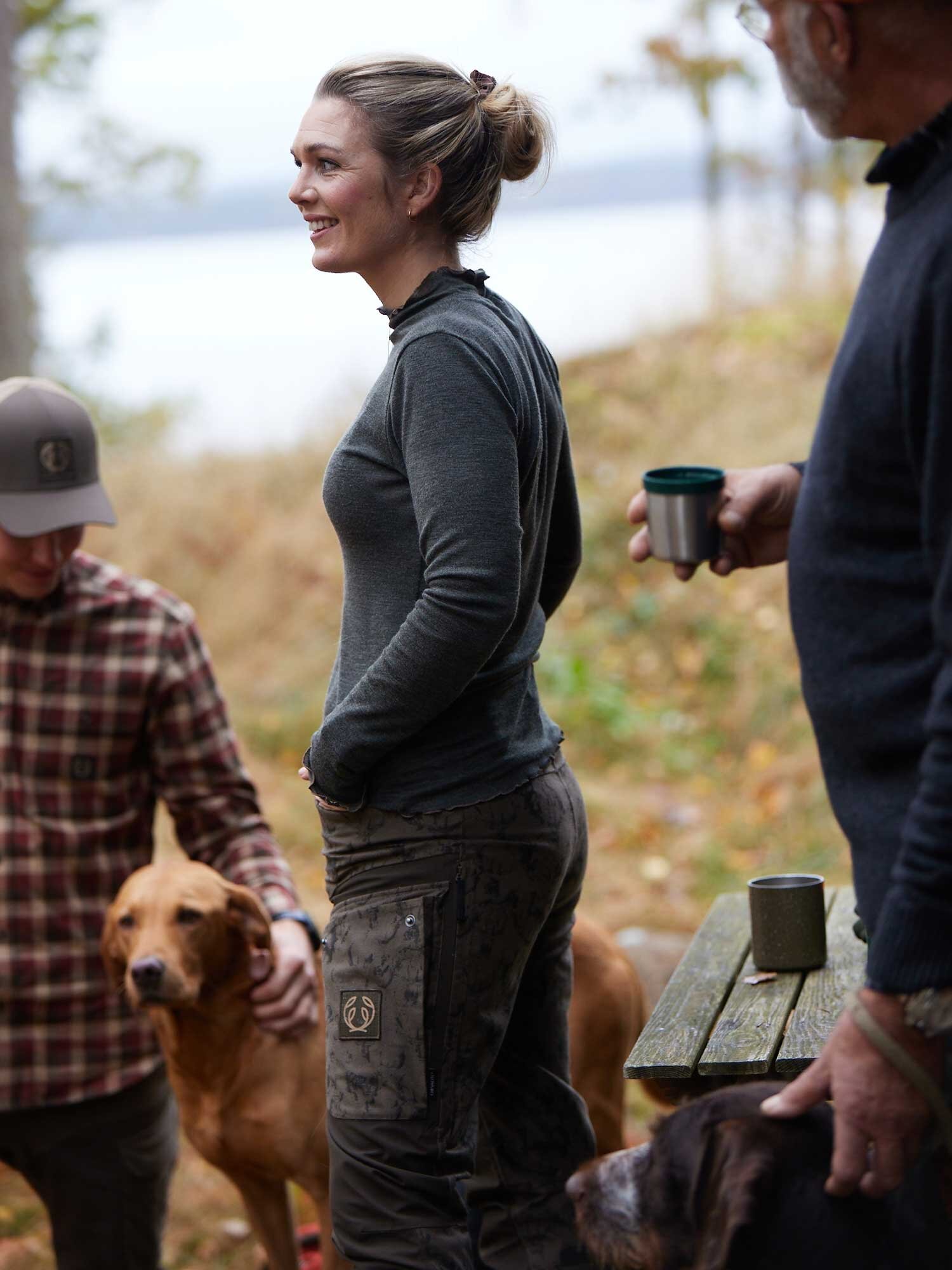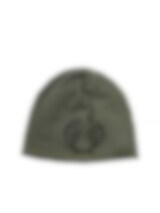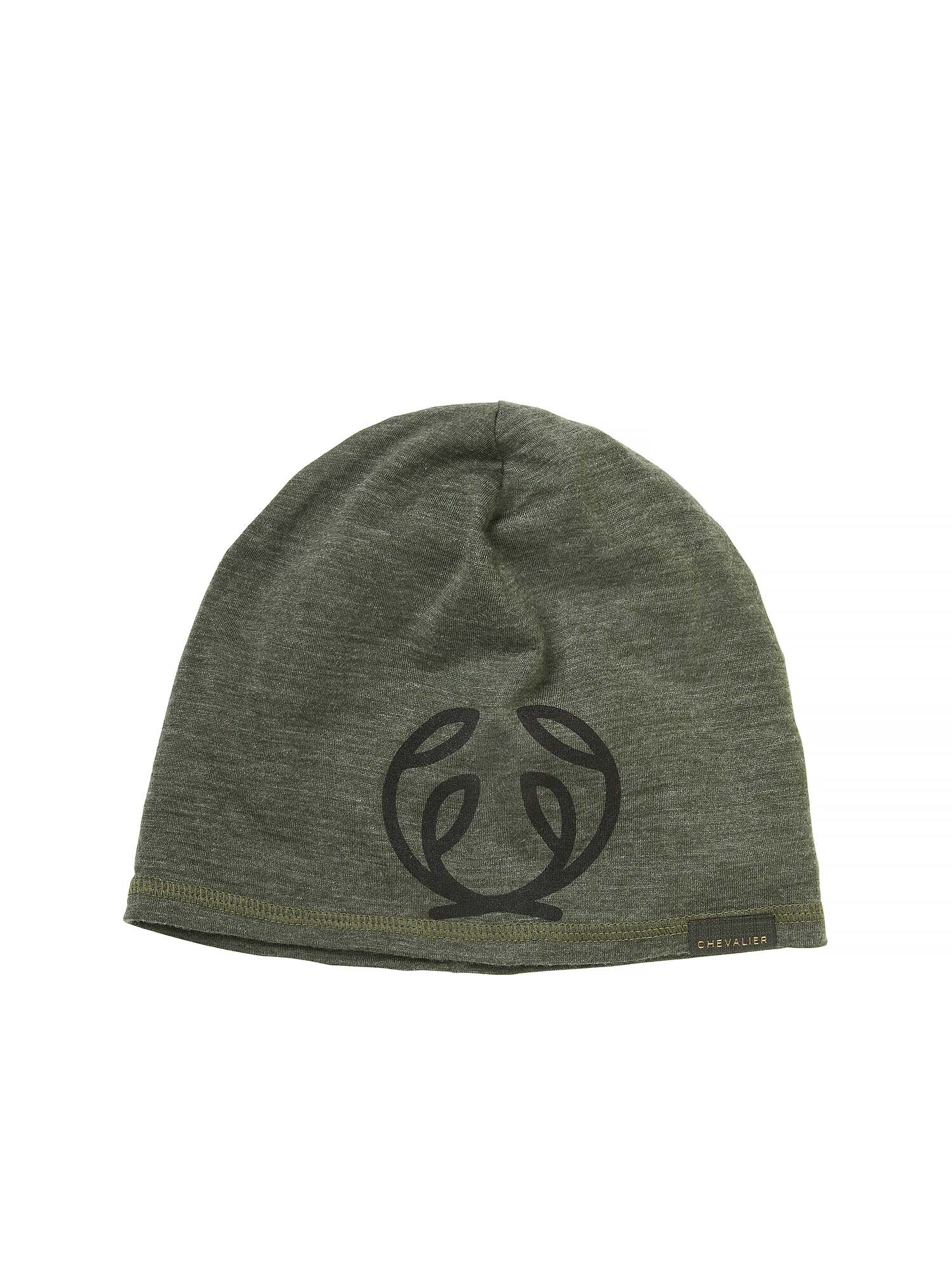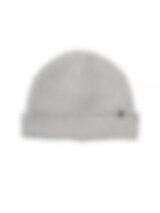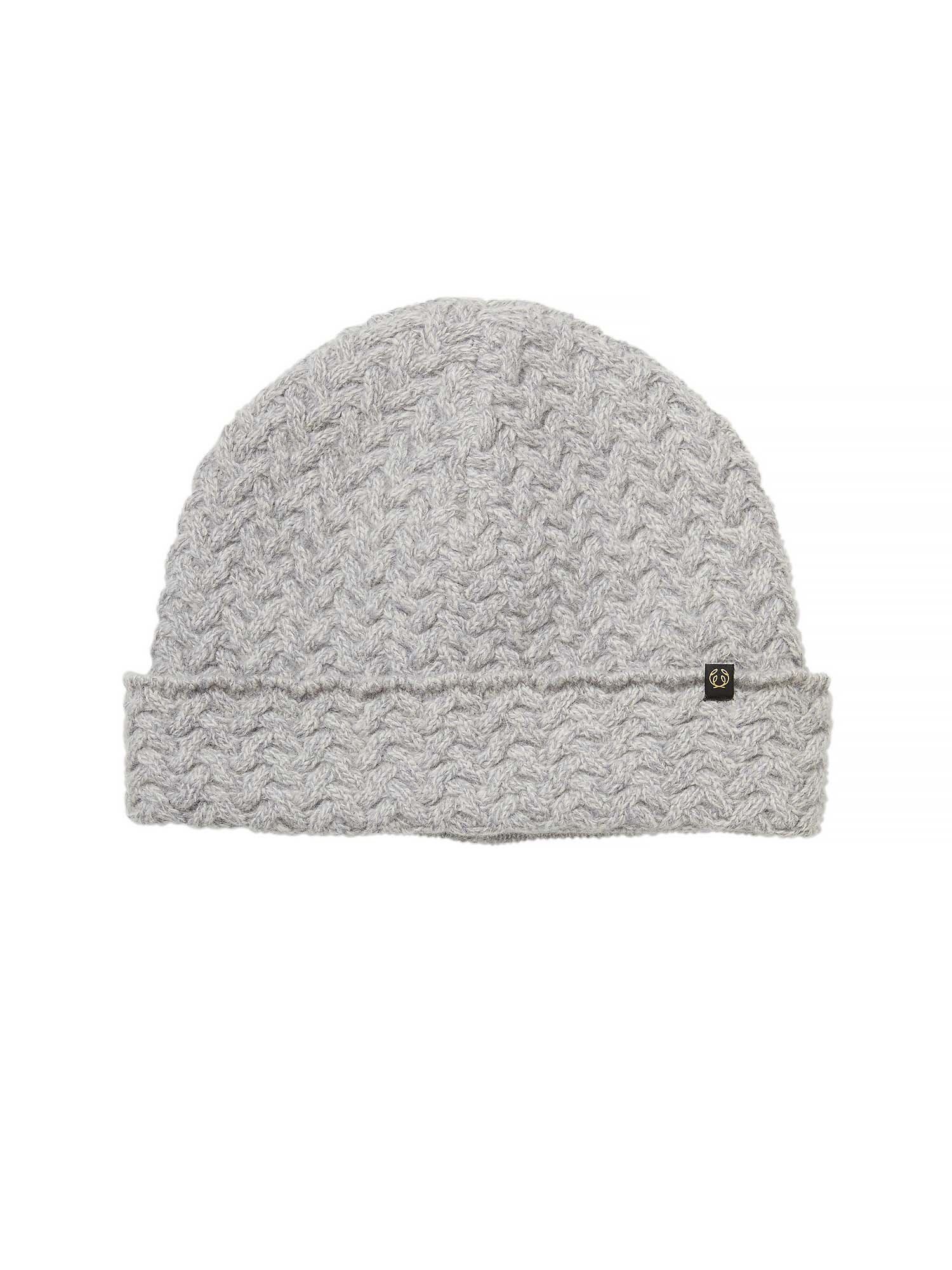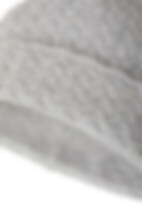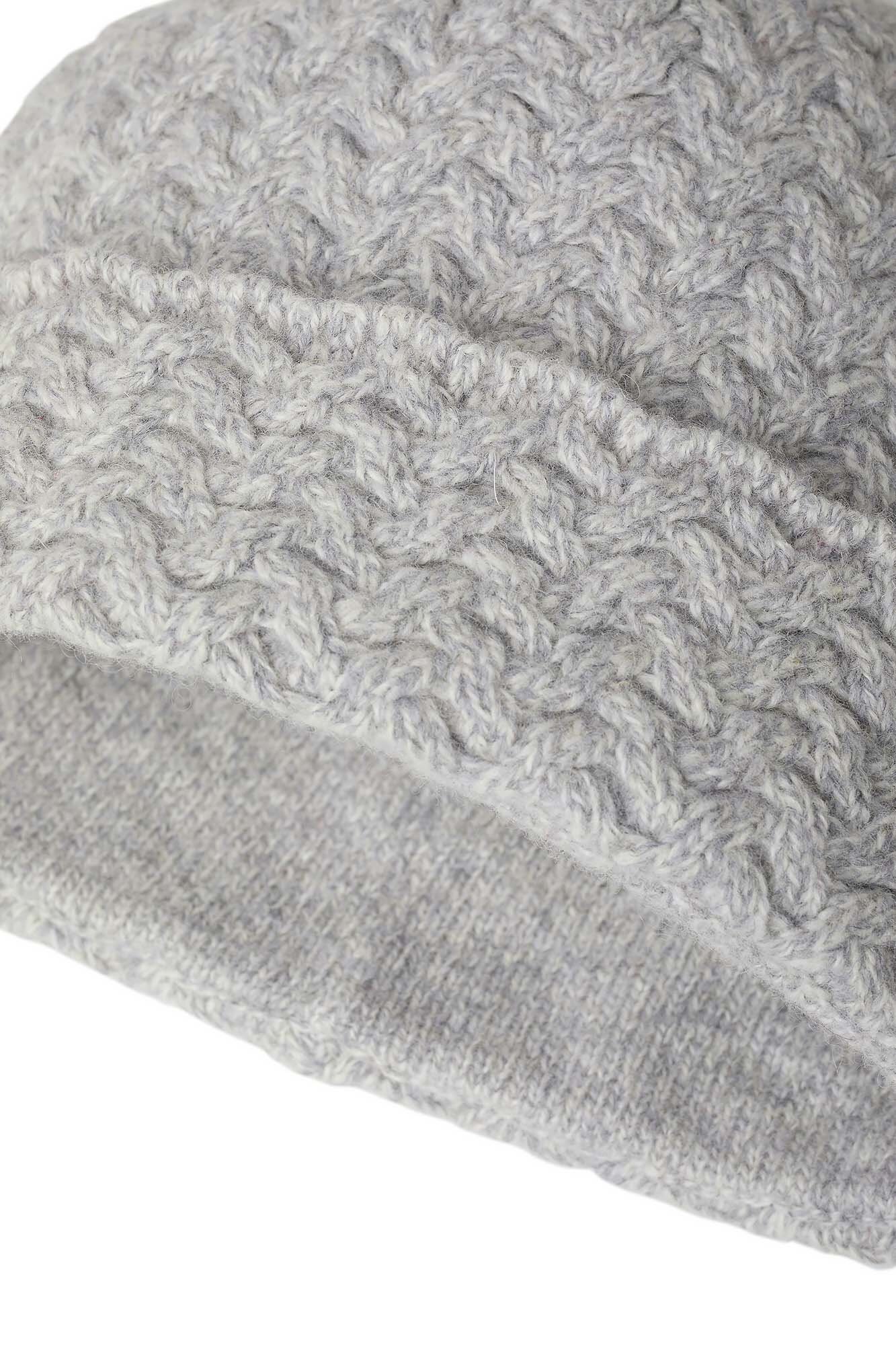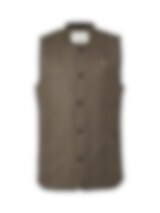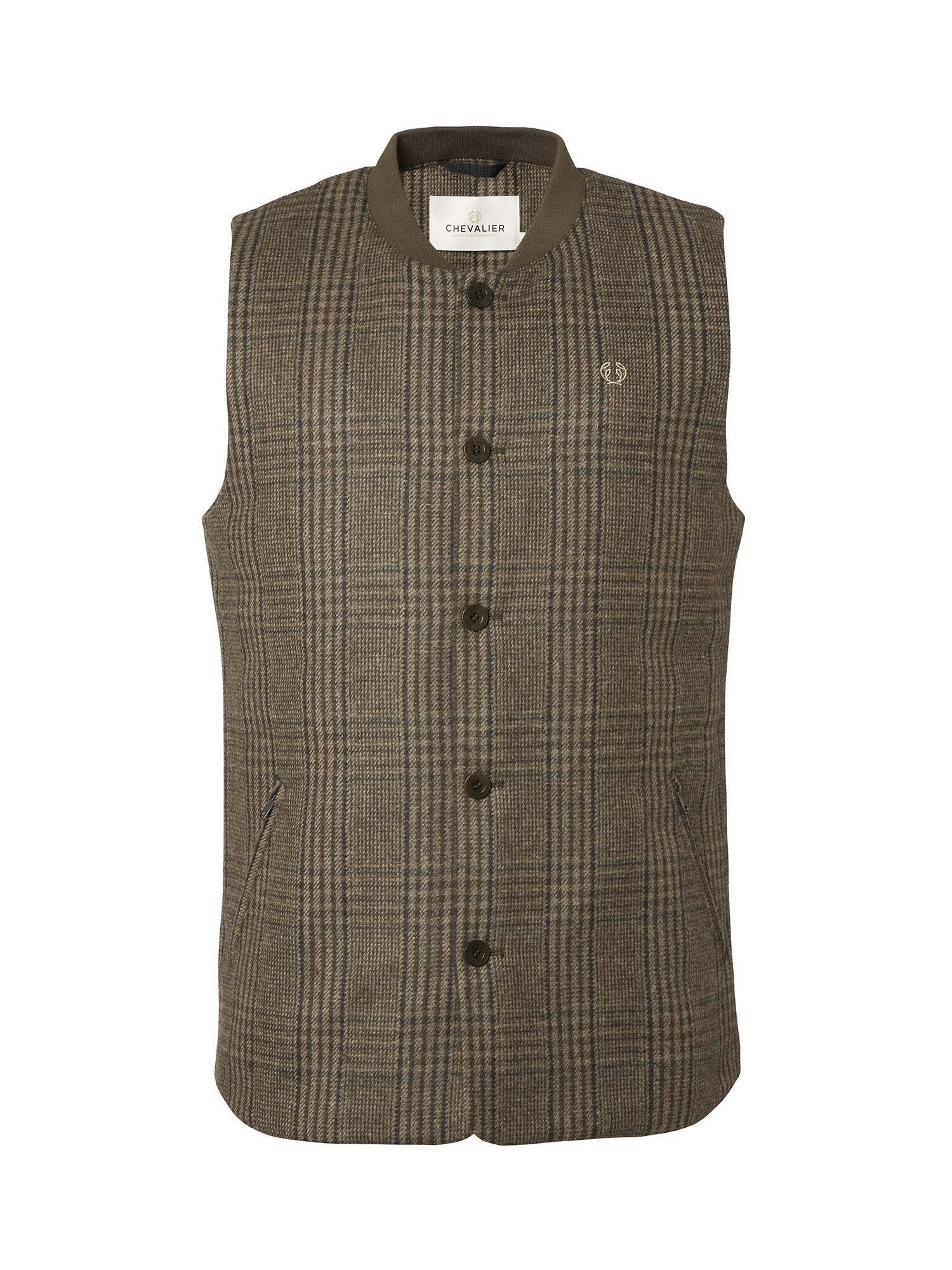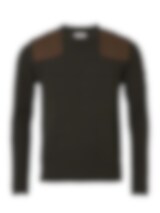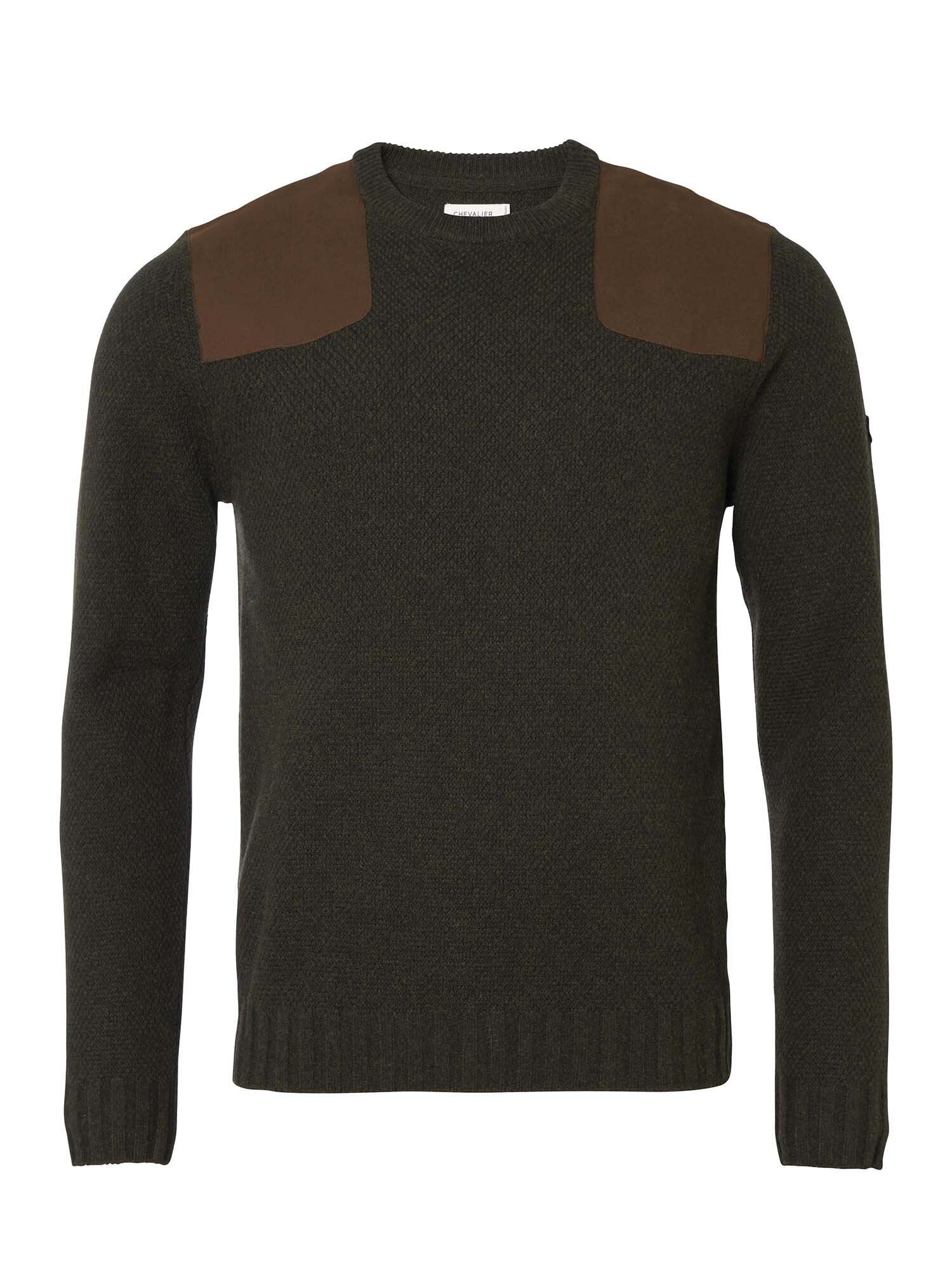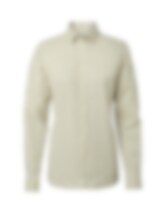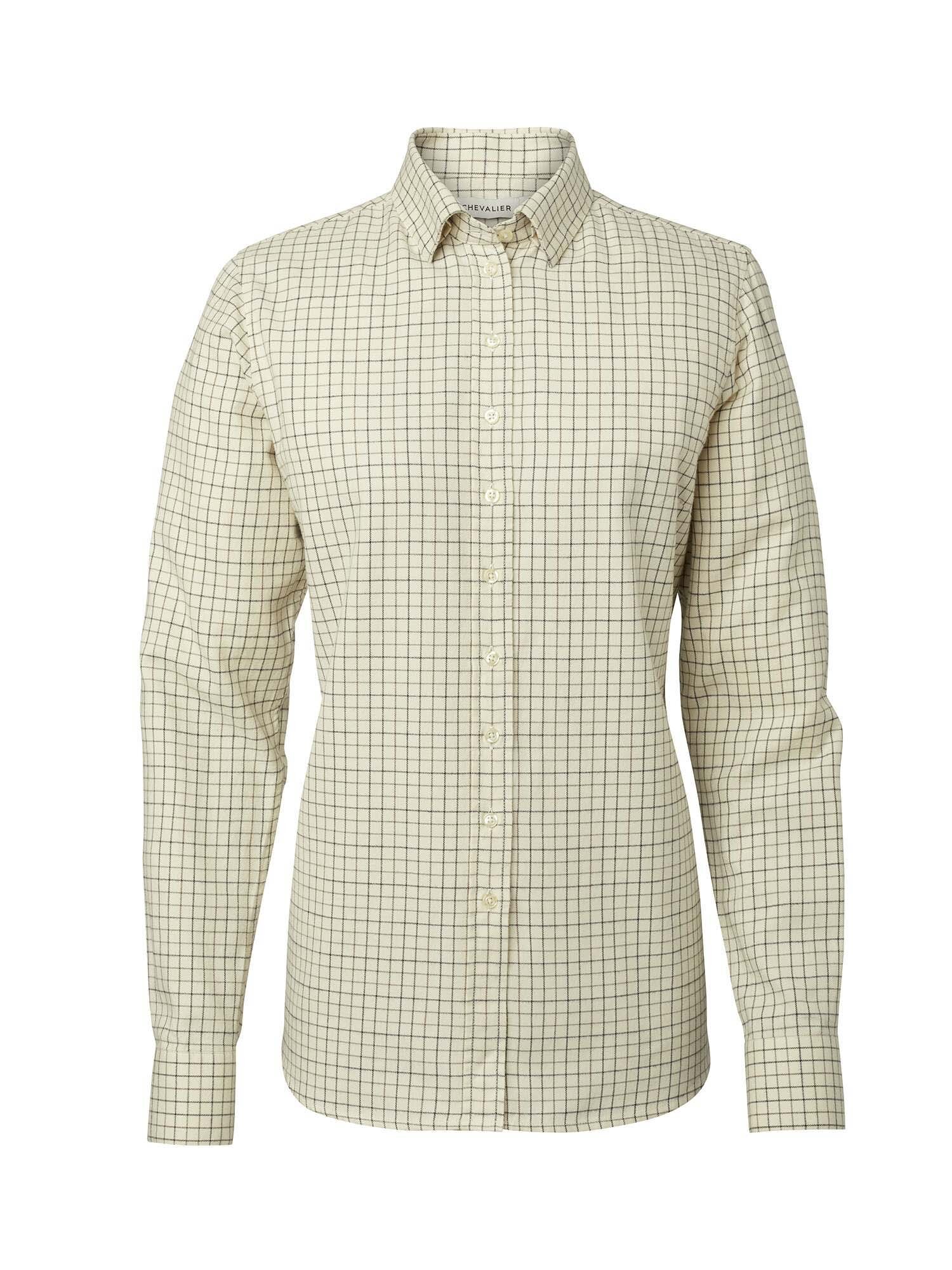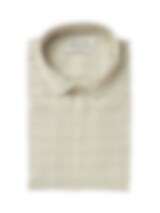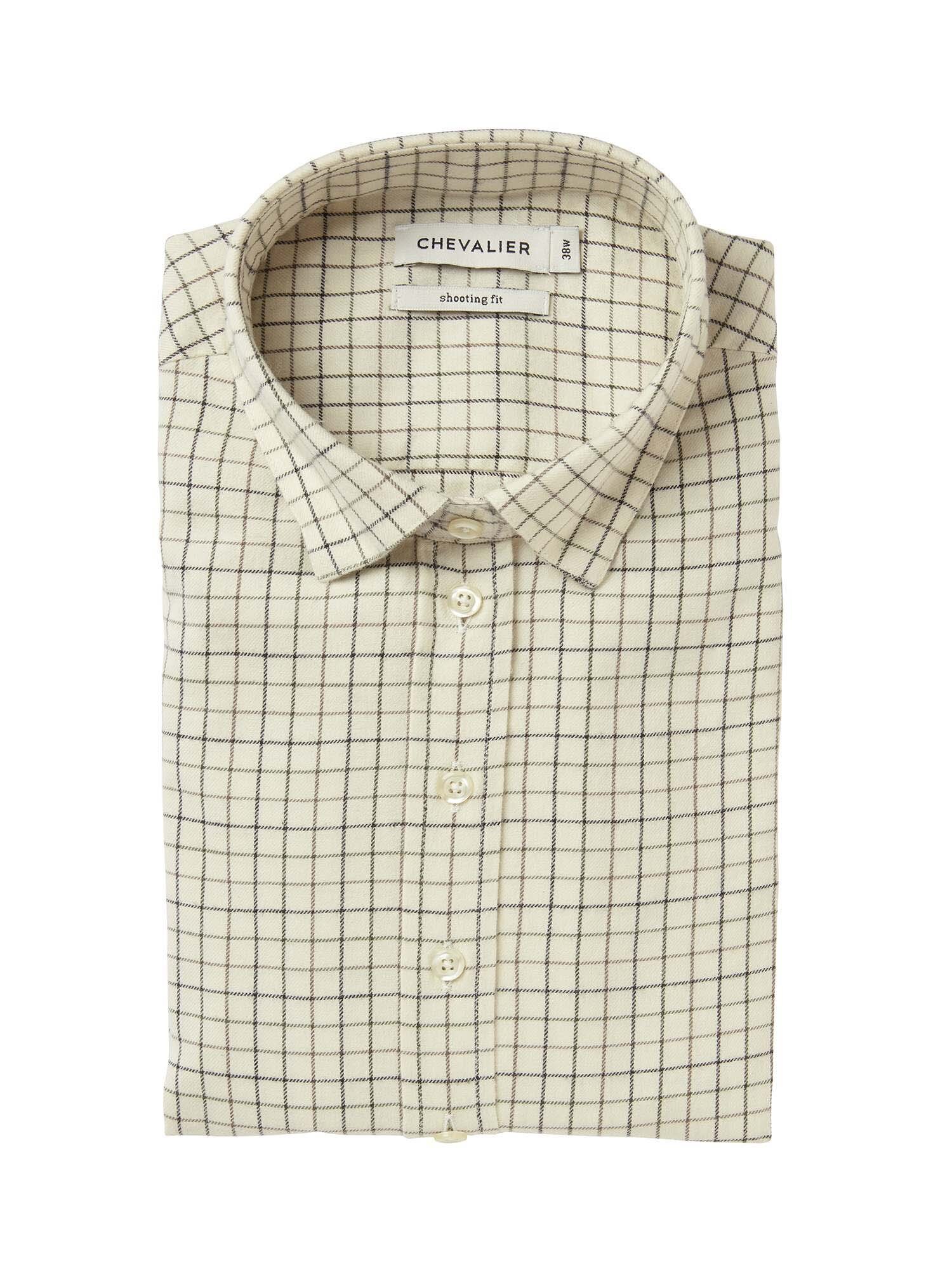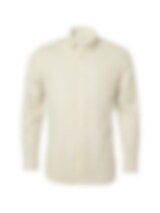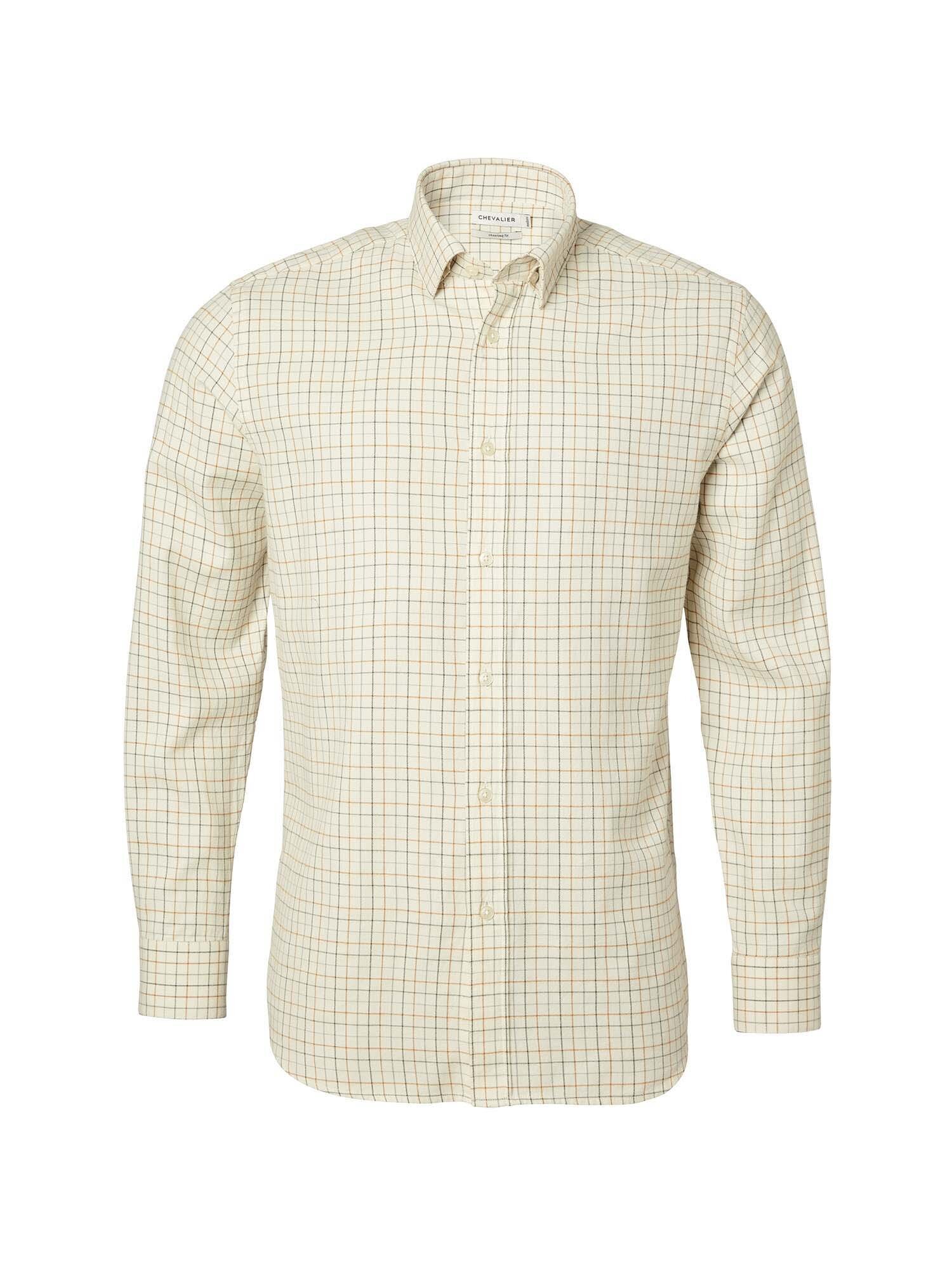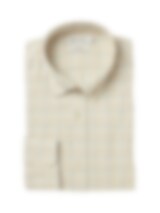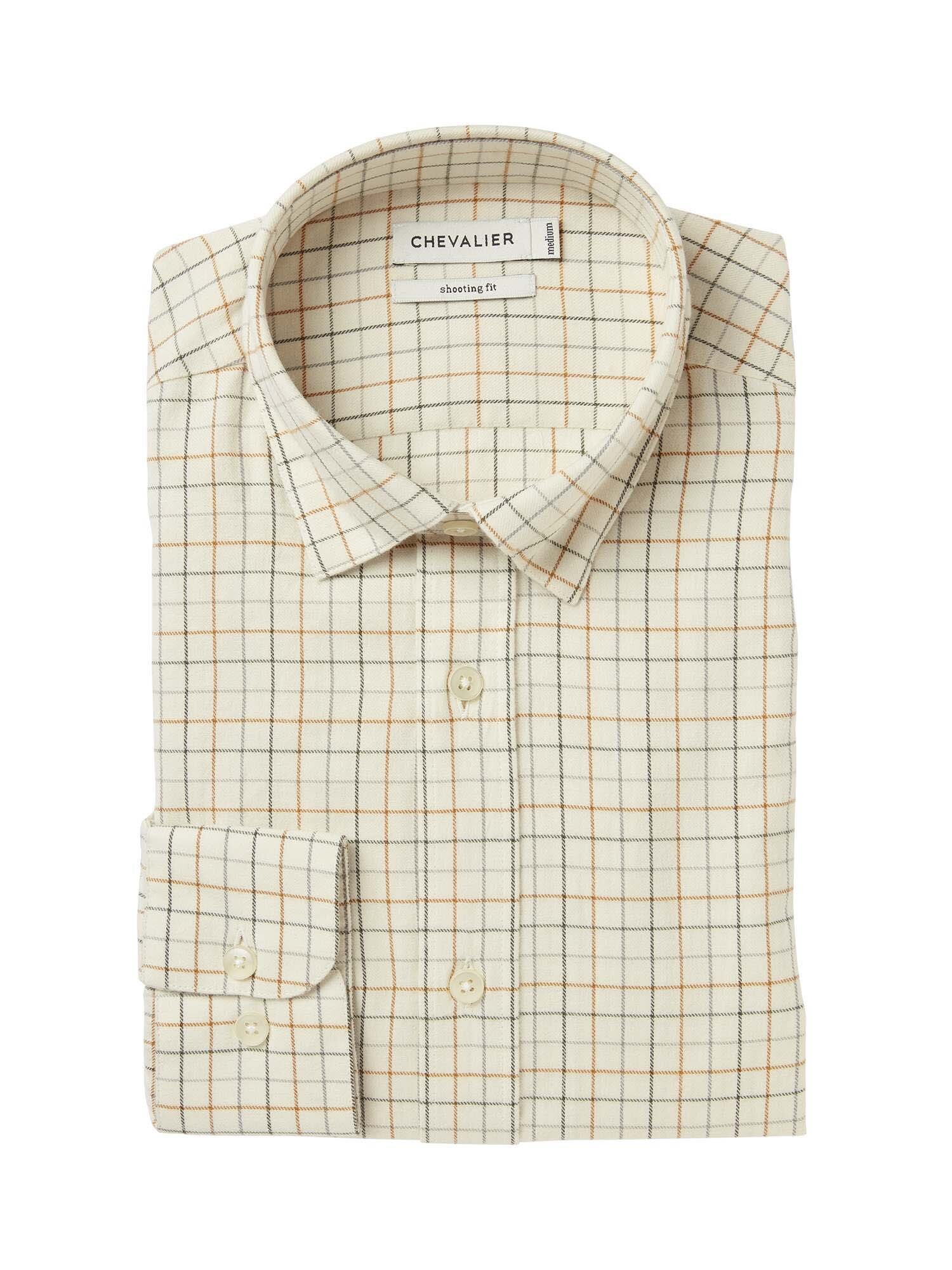What is wool?
Wool is a natural fiber in the subgroup of animal fibers. Wool usually comes from domestic sheep. Other animals that produce wool include alpacas, cashmere goats, Angora rabbits, llamas, camels or rabbits. Wool is a renewable fiber. Sheep are sheared annually and then their wool is sorted into different qualities and cleaned and washed. The wool fibers are then parallelized by carding and spun into yarn or thread used to weave or knit textiles. Wool is also biodegradable. Wool products are durable and last for a long time.
What are the main characteristics of wool?
Wool is usually called nature's own high-tech fiber. This is because the waviness of the wool gives it a unique ability to retain air that reduces heat transfer in the material, providing a good insulating effect against both cold and heat. It keeps you warm on cold winter days but also has a cooling ability when it is hot, making wool a useful material, even in the summer. Wool fiber can absorb moisture up to 30% of its weight without affecting its warming properties or feeling wet to the skin. It will keep an even weight on both sides of the material so moisture is transported away from the body to the outside of the garment, keeping you dry and warm, even if the wool is damp.
What kinds of garments are made of wool?
Wool can be used to advantage in all kinds of garments. Chevalier uses wool in all types of garments, for example, as outer material in jackets and pants, like our Loden garments. We also use wool in caps, gloves, fleece jackets, undershirts, sweatshirts, pants, shirts, socks and as padding in several garments. An undershirt in the finest merino wool, such as Chevalier's Coley or Haven, is great to wear close to the body, regardless of the season.
Are your garments in Mulesing-free wool?
We work closely with our materials suppliers to ensure animal welfare. Our garments made of merino wool are of course made of Mulesing-free wool.
How long has wool been used to make clothing?
Wool is believed to be one of the earliest textile raw materials to be used. Wool fabrics have been used since around 3000 BC. In Sweden, we have kept domestic sheep for around 4000 years. The archaeological finds in Alvastra prove this.

